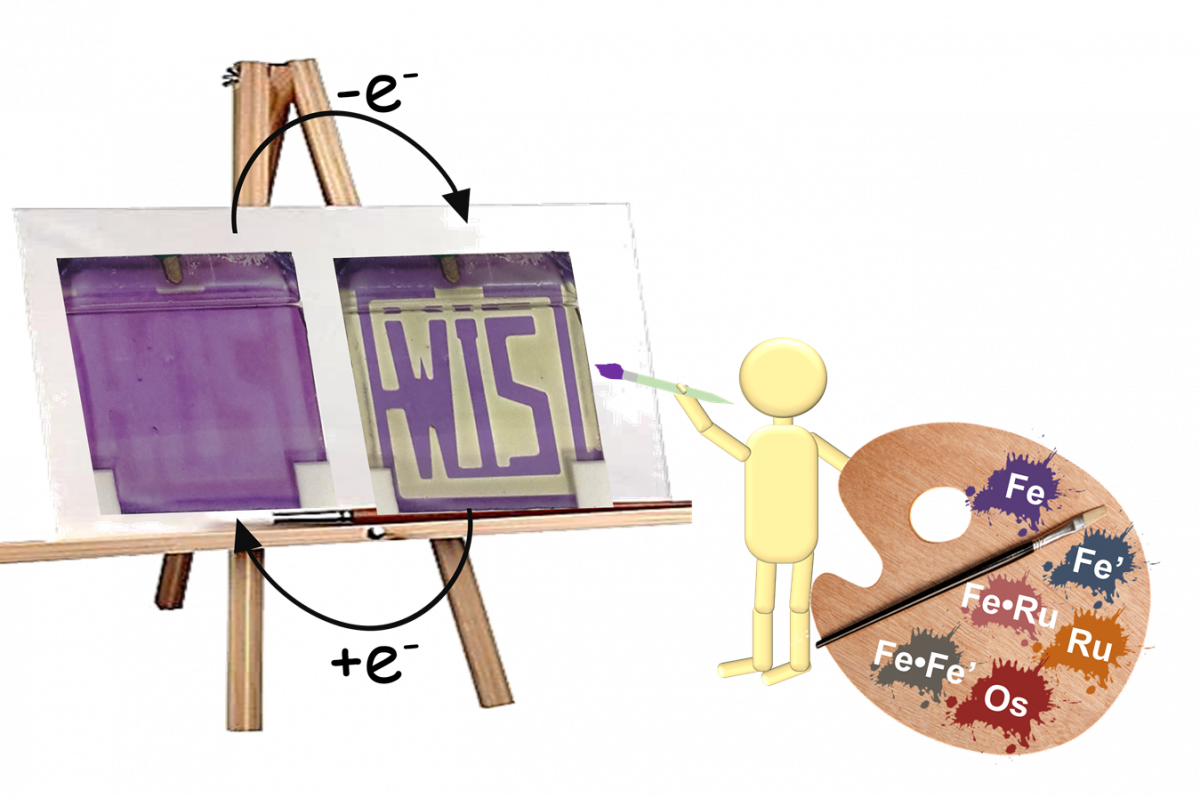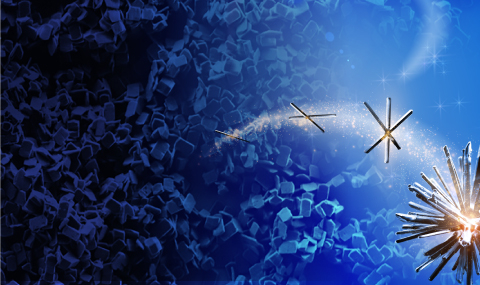Enabling and understanding new methodologies to fabricate molecular assemblies driven by intermolecular interactions is fundamental in chemistry. We design and study supramolecular coordination polymers at surfaces that behave like supercapacitors, diodes, or exhibit electrochromic and charge-trapping behavior. The position of each molecular component is controlled by the assembly sequences resulting in redox-active films with unique electrochemical and electrooptical properties. Trapped charges can be released by light: exciting nanoscale layers of redox-active metal complexes open-up catalytic pathways for selective electron-transfer. The molecular assemblies are also used for electro- and photocatalysis. We demonstrated electrocatalytic generation of hydrogen and oxygen from water, and their usefulness as light-activated antibacterial coatings.

- Pathway-Dependent Coordination Networks: Crystals versus Films.
Malik, N., Singh, V.; Shimon, L. J. W.; Houben, L.; Lahav, M.; van der Boom, M. E.
J. Am. Chem. Soc. 2021 143, 16913-16918. - Electrochromism or Water Splitting in Neutral Aqueous Solutions by a Metallo-Organic Assembly
Malik, N.; Bendikov, T.; Lahav, M.; van der Boom, M. E.
Energy Technol. 2021, 2100769. - Bifunctional Nanoscale Assemblies: Multistate Electrochromics Coupled with Charge Trapping and Release
Hamo. Y; Lahav, M.; van der Boom, M. E.
Angew. Chem., Int. Ed. 2020, 59, 2612-2617. - Dual Function Metallo-Organic Assemblies for Electrochromic–Hybrid Supercapacitors
Eisenberg, O.; Algavi, M. Y.; Weissmann, H.; Narevicius, J.; Rybtchinski, B.; Lahav, M.; van der Boom, M. E.
Adv. Mater. Interfaces, 2020, 7, 2000718.


